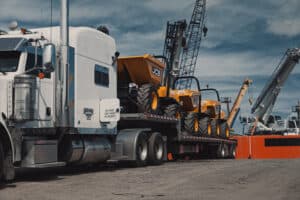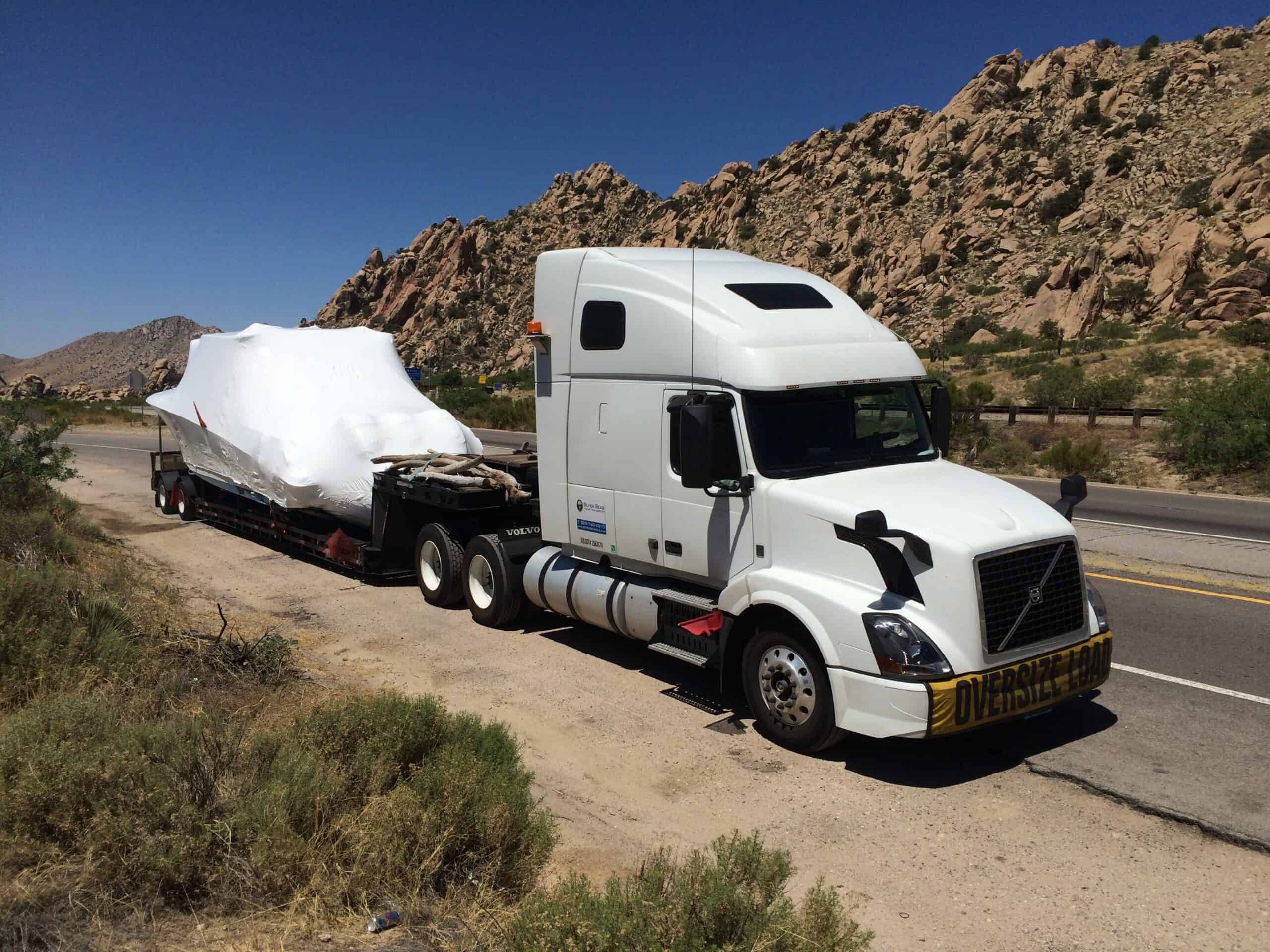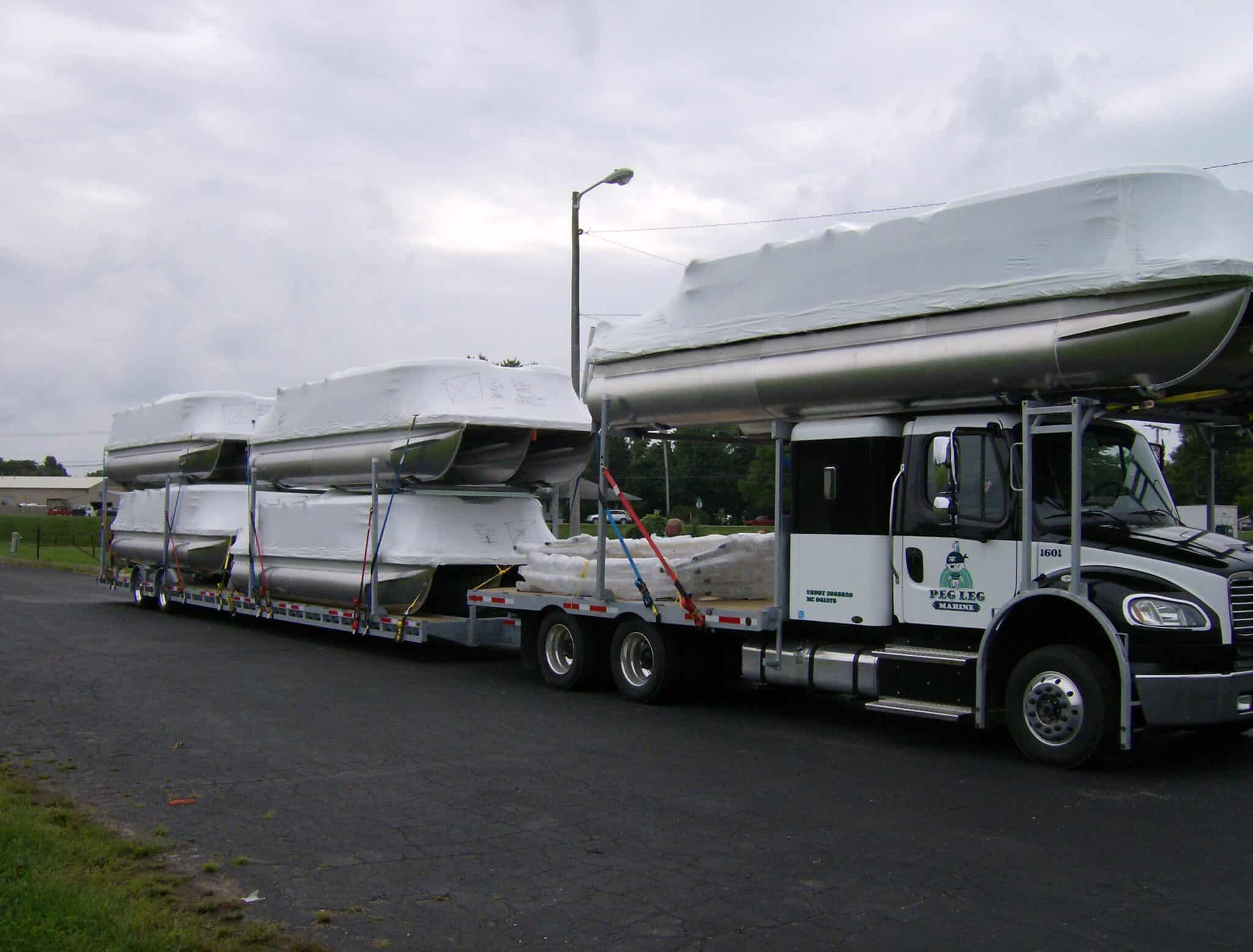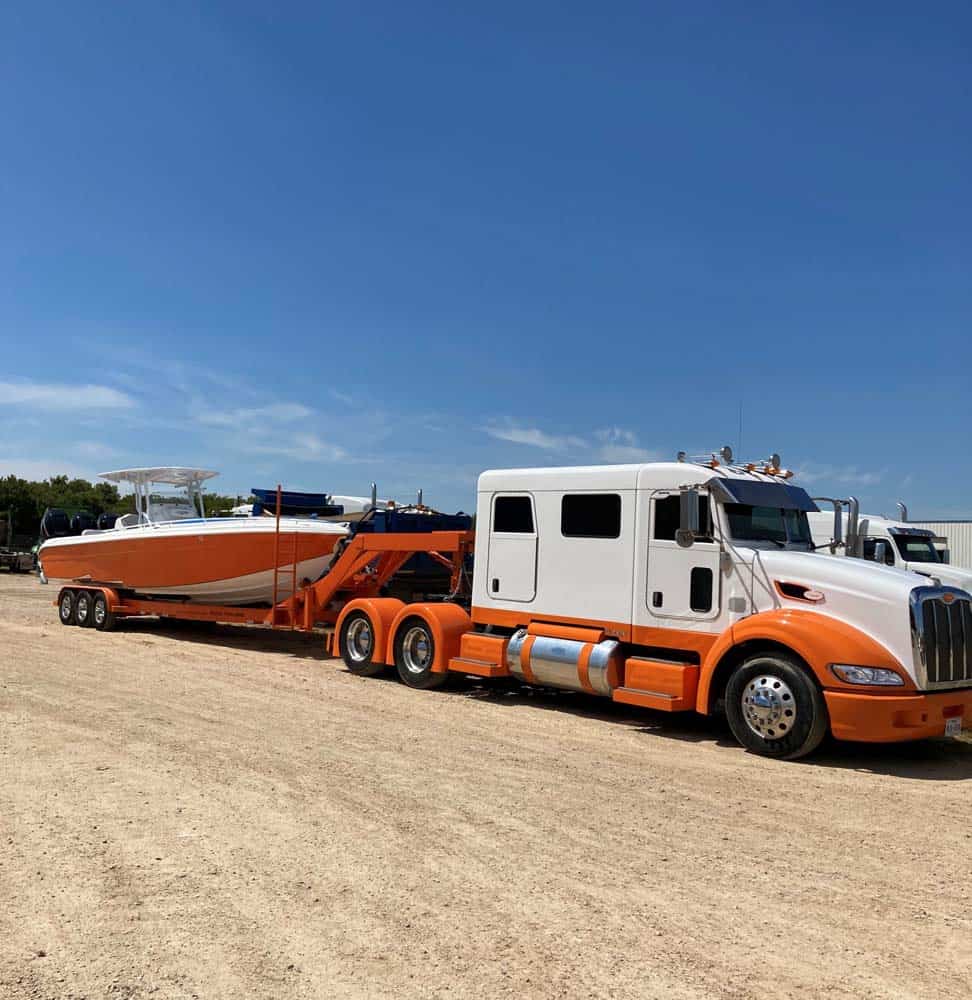Things to Know when hauling LTL

What does LTL mean?
Less-than-truckload shipping refers to shipments that don’t require a full 48 foot or 53 foot trailer. LTL shipping is a cost-effective option for smaller businesses. With the LTL shipment framework, shipments of freight that weigh less than 15,000 lbs combined and deliveries that won’t fill up an entire trailer are shipped on pallets by truck to their destination. This economical form of delivery ensures your products will arrive safely with minimal damage or loss in transit while saving you money.
LTL shipping is one of the most flexible delivery options because it’s possible to customize in a variety of ways. For instance, if your shipment goes through rural areas or construction sites you can add limited access services for easy loading and unloading. If your freight has an especially heavy weight, then additional lift gate services might be a good idea so that drivers don’t need to strain themselves every time they pick up or drop off their goods.
How is LTL freight pricing determined?
Factors that determine LTL shipping rates:
Service Modes:
• Expedited: When you need goods to arrive at their destination more quickly than the standard transit time, request an expedited freight quote.
• Lift gate: Used when freight exceeds 100 pounds and the receiving location does not have a dock for the shipment to be moved directly off the truck.
• Limited access: This service is required for deliveries heading to locations that have limited access for carriers, such as construction sites, camps, rural locations, strip malls, etc.
• Inside pickup and delivery: If the carrier needs to enter the building to obtain the freight to load or complete a delivery by bringing it indoors, you will need to ask for this service.
Location: Generally, the further the distance, the higher the price.
Freight Type: A shipment that requires special handling or equipment (perishables, fragile, hazardous items) will likely lead to higher costs.
Dimensions: The dimensions and weight of the shipment determine the freight class, which directly impacts rates.
Packages that require special handling also cost more because they require specialized equipment or unique delivery methods. The type of package is important too; if it contains fragile items like perishable foodstuff then those goods need to be shipped in particular ways, so they don’t spoil during shipping which adds expense for both sender and receiver – especially when expedited freight needs paying attention!
A few other considerations include how far away from your final destination you want your shipment delivered, what classifies as “specialty” cargo (anything with heavy machinery?), and whether this shipment requires immediate service such as next day air mail.
What are the different LTL classifications?
There are 18 possible classifications for LTL freight, ranging from low, 50, to high, 500. Easily handled, dense, sturdy freight will be tagged with a low classification. Freight that is particularly susceptible to damage or theft will be ranked higher.
A good rule of thumb to follow is: The lower the density, the higher the freight class.
Class | Weight range (per cubic foot)
Class 55 – over 50 pounds
Class 60 – 30-35 pounds
Class 65 – 22.5-30 pounds
Class 70 – 15-22.5 pounds
Class 77.5 – 13.5-15 pounds
Class 85 – 12-13.5 pounds
Class 92.5 – 10.5-12 pounds
Class 100 – 9-10.5 pounds
Class 110 – 8-9 pounds
Class 125 – 7-8 pounds
Class 150 – 6-7 pounds
Class 175 – 5-6 pounds
Class 200 – 4-5 pounds
Class 250 – 3-4 pounds
Class 300 – 2-3 pounds
Class 400 – 1-2 pounds
Class 500 – Less than 1 lbs.
In Conclusion:
LTL shipping is one of the greenest options available for transporting small loads. It takes advantage of vehicles already on the road, which means it’s not adding to carbon footprints or using up as many resources such as fuel and gas.
You’ll notice more companies are focusing on eco-friendliness in order to help reduce climate change rates by decreasing their carbon footprint. LTL Shipping can be a great option when moving smaller shipments because it uses existing transport methods rather than relying heavily upon new ones that require additional supplies like gasoline and diesel fuels. When shipping smaller equipment, it can be difficult and time-consuming to find the right LTL transport provider to handle your load.
Let VeriTread Help You!
VeriTread is your go to solution for shipping LTL freight. We can have your LTL freight delivered to any destination in North America in a safe and timely manner. We are experts at handling paperwork, selecting the right trailers and drivers, and charting the most efficient routes.
VeriTread makes it easy to get reliable freight quotes from the experts in equipment transport. VeriTread moves thousands of machines every year and can quickly generate a reliable quote on the go. Our extensive specs and dimensions database of 60,000+ items, ensures you spend less time researching and more time putting your equipment to work. The VeriTread Shipper quote process is the simplest way to transport your machines. Follow these easy steps and you will receive a quote in under one minute:
- Enter a Manufacturer & Model
- Verify or Edit Your Machine Dimensions
- Enter Pickup & Drop Off Locations
- Your Quote is Ready!
Getting started with VeriTread is easy. You can visit our or call (800) 880-0468 or (863) 226-0903 for international calls.
CATEGORIES
recent posts

Anchoring Your Budget: Understanding and Managing Boat Transport Costs

Your Guide to Boat Transport Regulations and Permits


